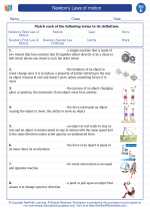Medical Sciences
Medical sciences include the study of the human body, diseases, treatments, and the overall field of medicine. It encompasses a wide range of subjects including anatomy, physiology, pharmacology, and pathology. Understanding medical sciences is crucial for the development of new treatments, diagnostics, and medical technologies.
Anatomy
Anatomy is the study of the structure of the human body. It involves learning about the different organs, tissues, and systems that make up the human body. Understanding anatomy is important for medical professionals as it provides the foundation for understanding how the body works and how diseases may affect different parts of the body.
Physiology
Physiology is the study of how the body functions. It involves understanding the mechanisms and processes that allow the human body to carry out its various functions such as breathing, digestion, and circulation. A thorough understanding of physiology is essential for diagnosing and treating medical conditions.
Pathology
Pathology is the study of diseases. It involves understanding the causes, mechanisms, and effects of diseases on the human body. Pathologists play a critical role in diagnosing diseases through the examination of tissues and cells, as well as in identifying effective treatments for various medical conditions.
Pharmacology
Pharmacology is the study of drugs and their effects on the body. It involves understanding how different medications work, their potential side effects, and their interactions with the body. Pharmacologists are involved in developing new drugs, testing their safety and efficacy, and ensuring their proper use in medical practice.
Study Guide
To excel in medical sciences, students should focus on understanding the intricacies of the human body, the mechanisms of diseases, and the effects of medications. Here are some key study tips for mastering medical sciences:
- Focus on memorization: Medical sciences require a strong foundation of knowledge about the human body, diseases, and medications. Use flashcards and mnemonic devices to aid in memorization.
- Practice critical thinking: Medical sciences involve complex concepts and problem-solving. Engage in critical thinking exercises and case studies to apply your knowledge to real-life medical scenarios.
- Utilize visual aids: Use diagrams, charts, and interactive models to visualize anatomical structures, physiological processes, and disease mechanisms. Visual aids can enhance understanding and retention of complex information.
- Stay updated: Medical sciences are constantly evolving with new discoveries and advancements. Stay informed about the latest research and developments in the field to broaden your understanding and stay current with medical knowledge.
- Seek hands-on experience: If possible, seek opportunities for hands-on experience in medical settings such as laboratories or clinics. Practical experience can deepen your understanding of medical sciences and provide valuable insights into real-world healthcare practices.
[Medical Sciences] Related Worksheets and Study Guides:
.◂Science Worksheets and Study Guides Fifth Grade. Newton's Laws of motion
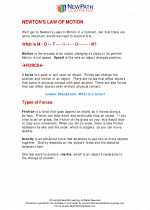
 Activity Lesson
Activity Lesson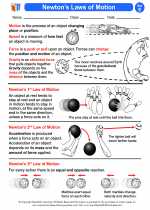
 Worksheet/Answer key
Worksheet/Answer key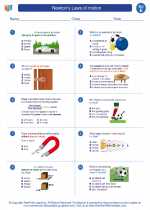
 Worksheet/Answer key
Worksheet/Answer key
 Worksheet/Answer key
Worksheet/Answer key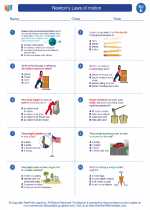
 Worksheet/Answer key
Worksheet/Answer key
 Vocabulary/Answer key
Vocabulary/Answer key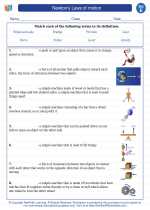
 Vocabulary/Answer key
Vocabulary/Answer key